NUR212 Contexts of Practice: Exploring the Family Role in Healthcare
VerifiedAdded on 2023/06/08
|5
|1661
|425
Essay
AI Summary
This essay reflects on the concept of family within contemporary society and its crucial role in healthcare, particularly in the context of nursing and midwifery practices. The author shares personal experiences and observations from their nursing career, highlighting instances where family involvement significantly improved patient outcomes, especially in pediatric care. The essay analyzes the importance of family in shaping health behaviors, decision-making processes, and overall well-being. It also addresses challenges in multi-ethnic healthcare settings and emphasizes the need for culturally sensitive approaches. Drawing upon research, the essay underscores the impact of family structure, communication, and support systems on a child's health and development. It concludes by advocating for the integration of family strengths into healthcare plans to enhance patient care and resilience. Desklib offers a wealth of similar resources, including solved assignments and past papers, to aid students in their studies.
1 out of 5
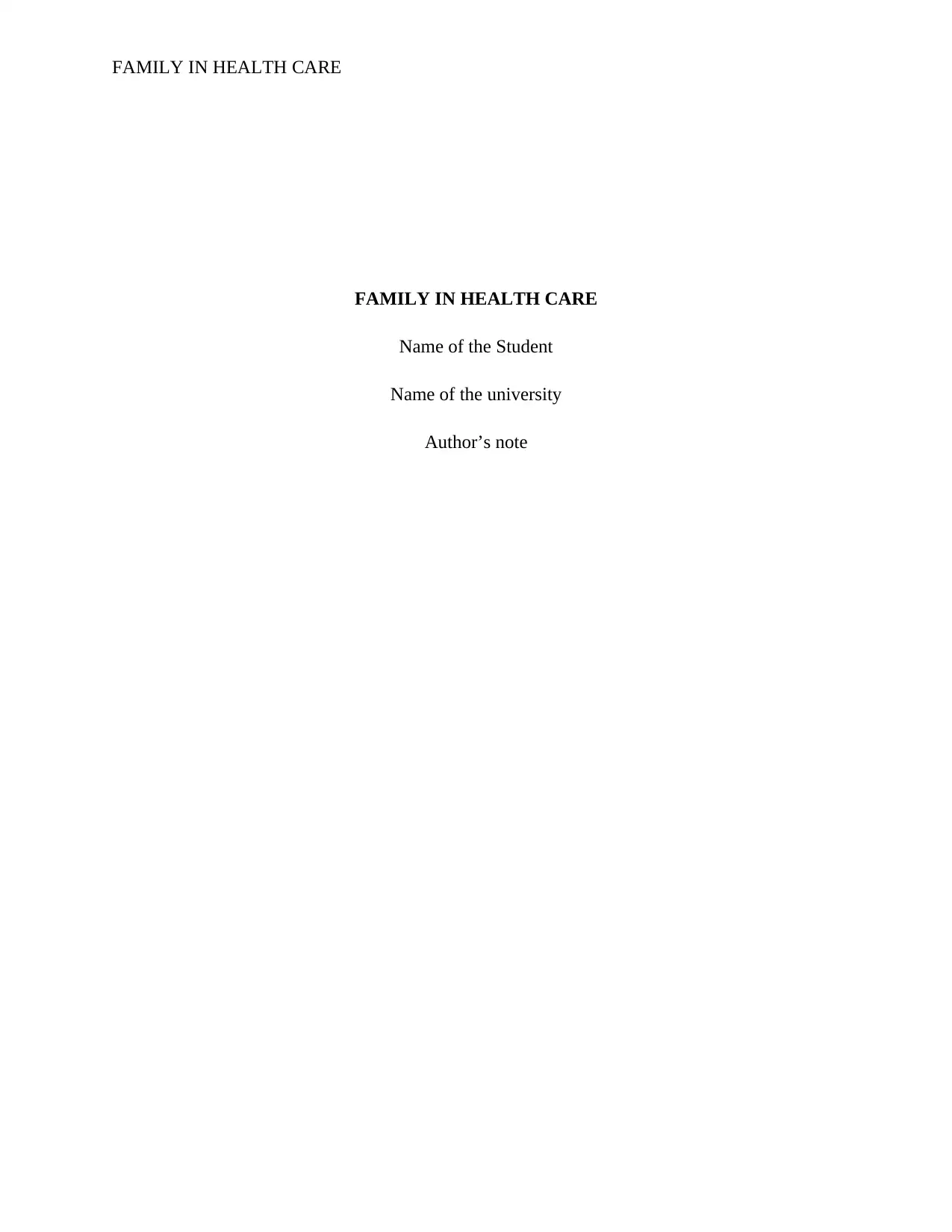
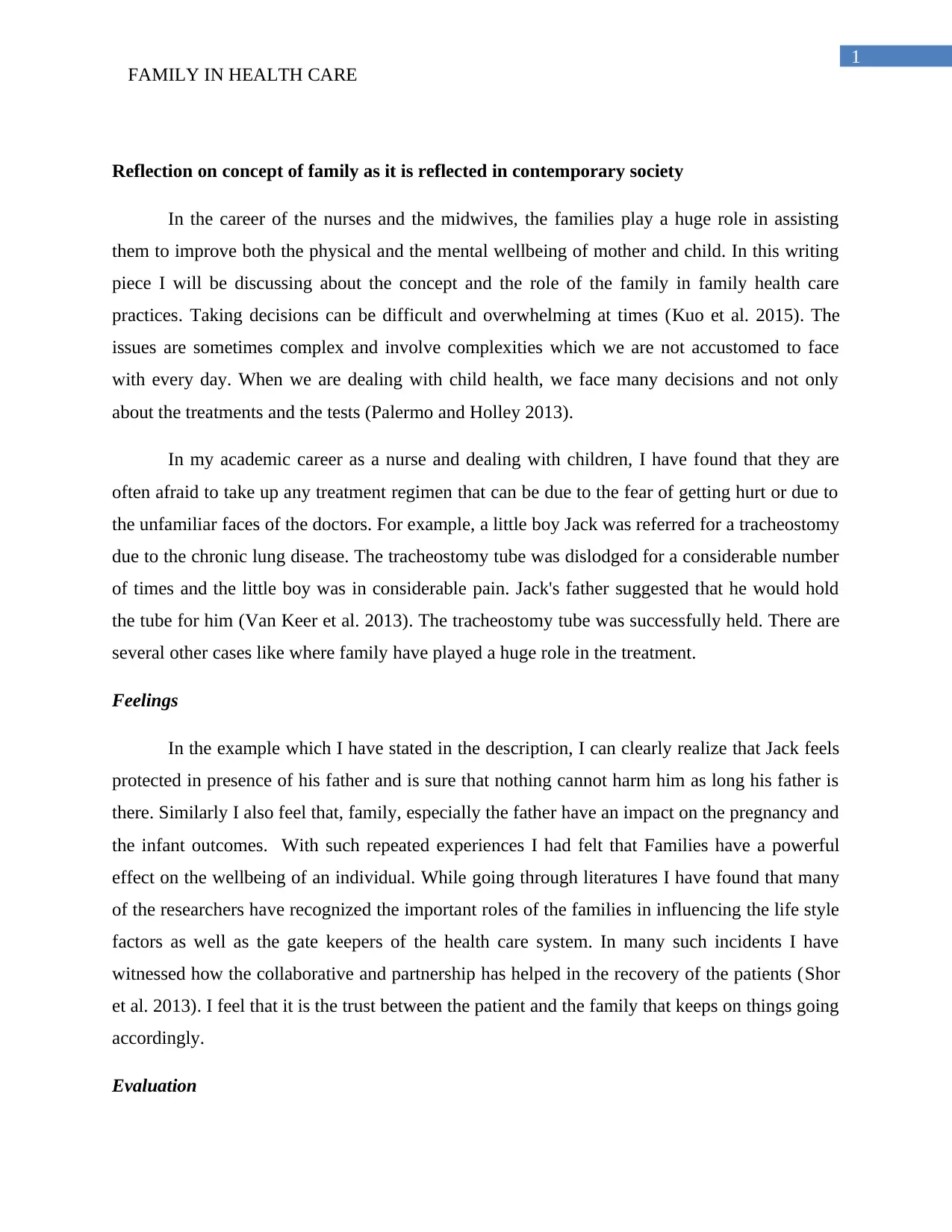
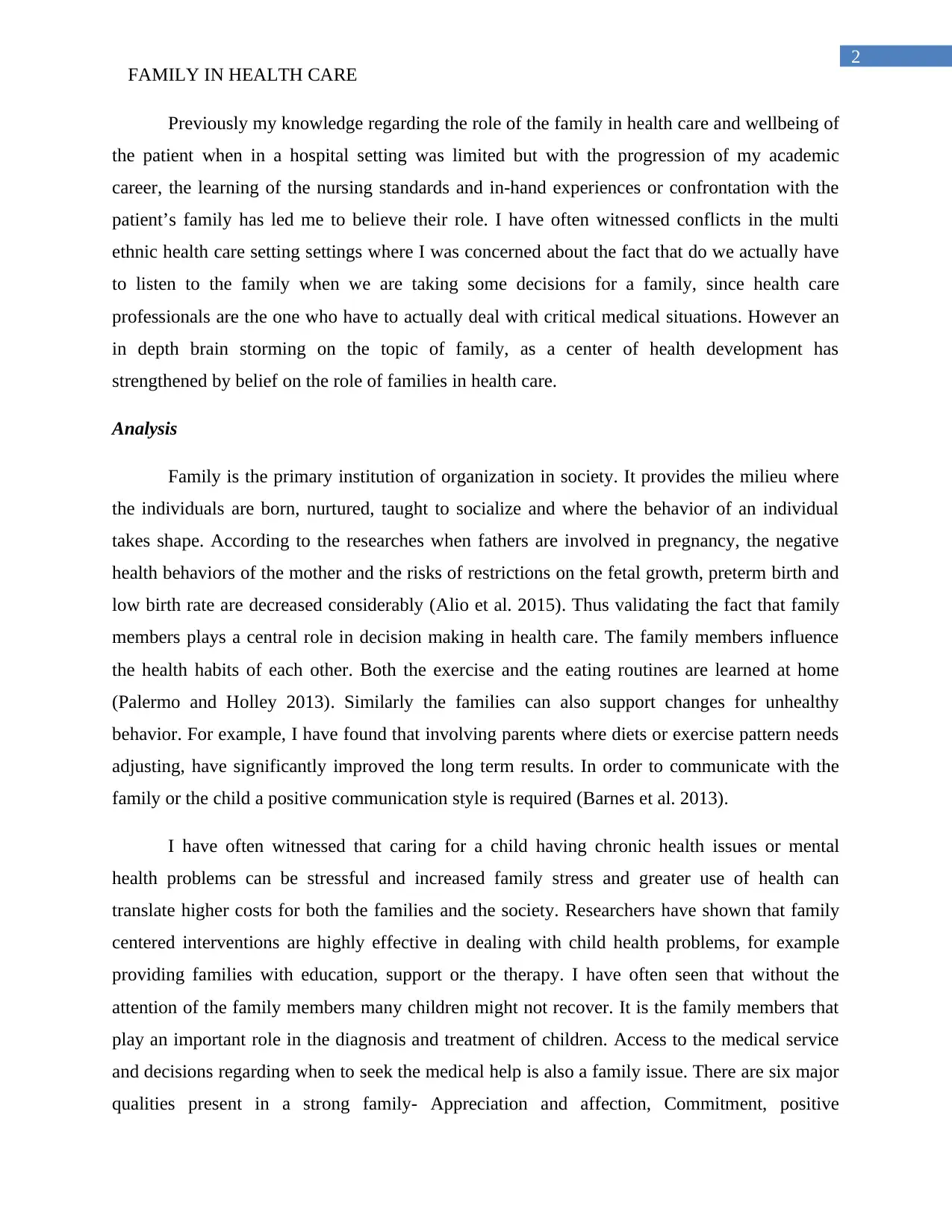
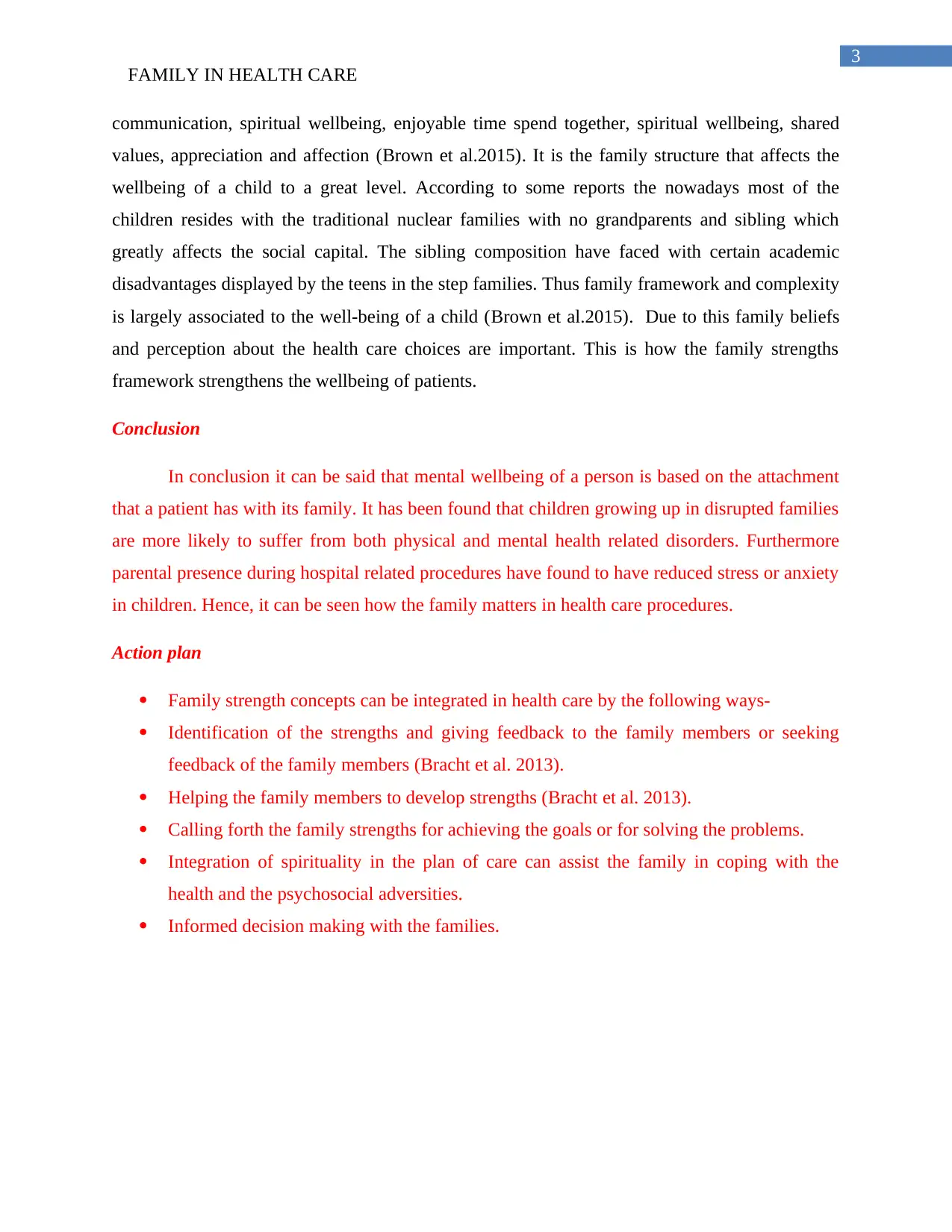
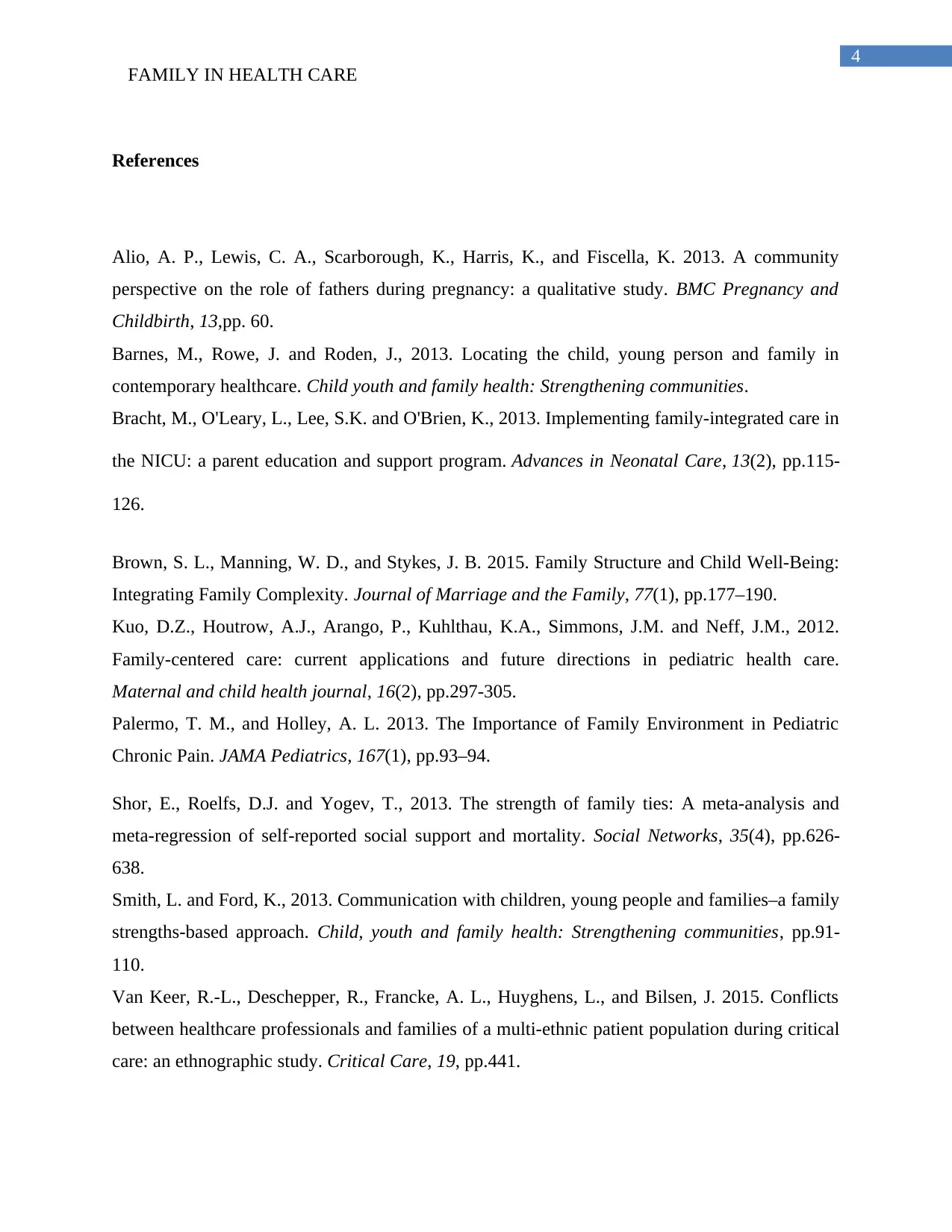






![[object Object]](/_next/static/media/star-bottom.7253800d.svg)